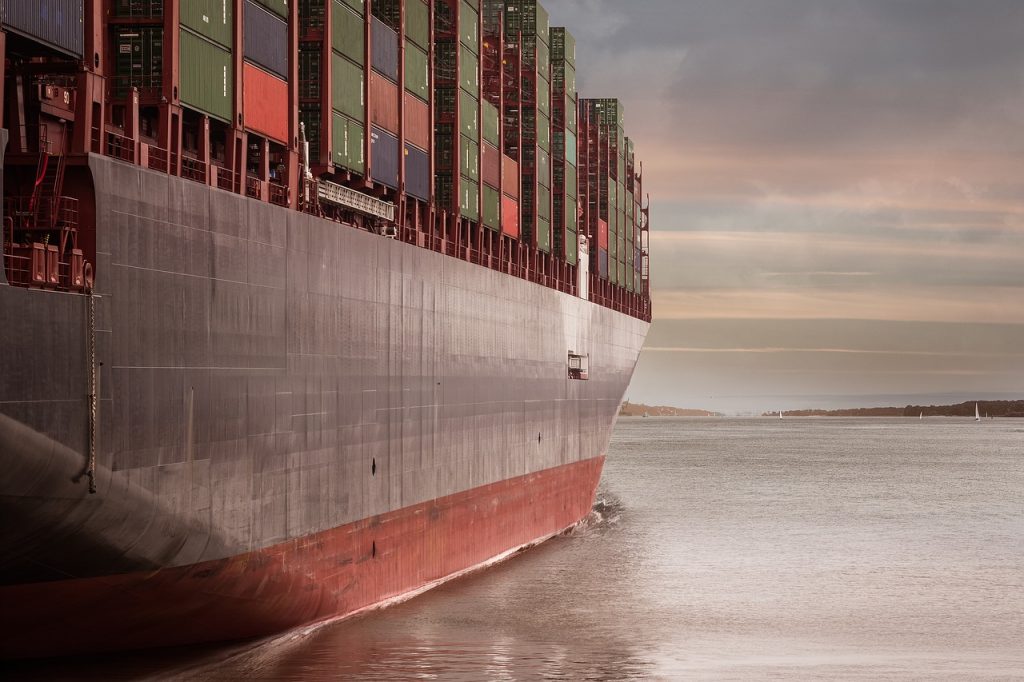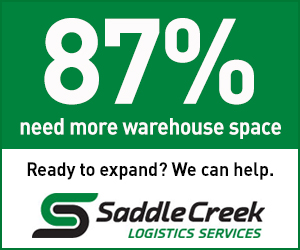Container shipping may seem like a simple affair on the surface. All you have to do is take a crate, slap a label on, and send it via boat to its destination. But there’s a lot more to it than that. Shipping products halfway across the world require a huge amount of clever logistics, and a lot of thought goes into the steps between a customer ordering a product from you and their receiving it. If you want to better understand one of the most critical processes in your business’ supply line, keep reading.
There’s No Such Thing As One Size Fits All
Making efficient use of cargo volume (and saving retailers money in the process) means packing as many goods into as little space as possible. Shipping containers can range in size from 20 to 56 feet in length, and containers can come in a variety of different containers, including those with open tops, tanks equipped for storing liquids, and those designed for refrigeration.
But That Doesn’t Mean There Aren’t Standards
When your goods are going to travel on more than one vehicle en route to its destination with a vast amount of cargo that travels the world by ship, train, and truck, it makes sense to have a standardized, international system. In this way, it’s easier to slip cargo into place regardless of the means of transport. Industry standard cargo containers allow users to save money by reducing labor and increasing efficiency.
It’s a Big Job
The amount of manpower that goes into helping out on a single cargo ship can be staggering. Some ships require as many as 100 dockworkers. When you take into account the need to unload, identify, and process multiple loads for multiple customers, it makes sense.
Customs is No Joke
The customs process for freight ships is understandably more complicated than for regular individuals just going overseas for work or pleasure travel. A freight forwarder, their agent or a customs house broker must be available to perform the customs clearance and pay the fees to get the goods through customs. That’s why it’s important to find a shipping company with experience shipping through the ports where your goods need to pass.
Different Companies Offer Different Specializations
While there are a number of all-purpose shipping companies around, many are dedicated to carrying specific goods or specific types of goods. Whether you’re dealing with fresh produce or lumber, many products have unique needs for staying secure throughout the shipping process, and a specialized company can lend experience and specialized shipping containers to fulfill your shipping needs better.
There Are a Lot of Steps
From your warehouse to the ship through multiple customs offices and ports to shipping warehouses to the customer’s home, there’s no lack of complications in the shipping process. Shipping freight overseas is a seven-step process, and each of these phases come with their own complications. An experienced shipping company with a modern logistical infrastructure in place can make all the difference in the world.
Liner Ships do the Heavy Lifting.
Over half of all sea freight is carried on liner ships. Given the size, efficiency, and automation of these ships, it’s the most sensible choice around. These enormous ships are built specifically for moving as many goods as possible in the most efficient manner, and that makes them a great choice for any retailer.


